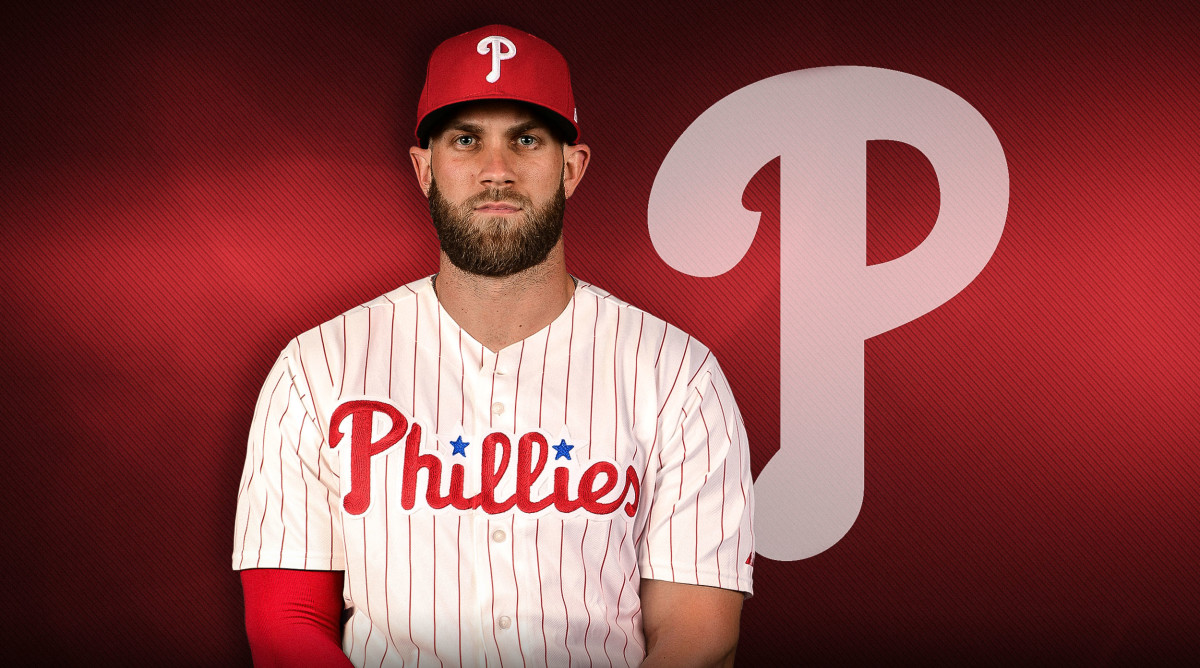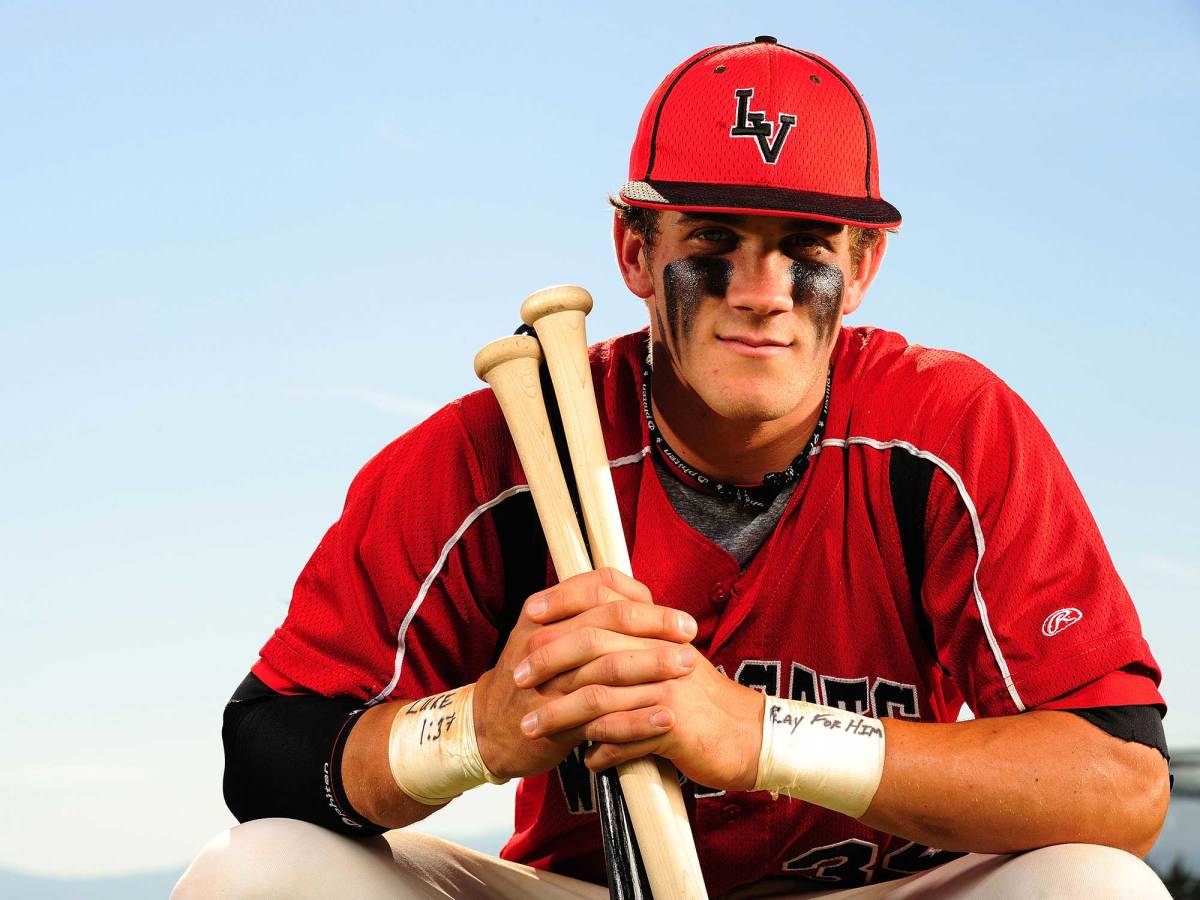How Zion Williamson Transformed From No-Name Teenager to Duke Superstar

Editor's note: Welcome to the Weekend Read, SI's weekly newsletter featuring original stories, our best pieces of the week and a historical gem from the SI Vault. Sign up here to receive the newsletter in your inbox every Friday.
How Zion became Zion
Why did Zion Williamson’s exploding shoe become one of the hottest topics in sports last week? Well, among many reasons, everyone was watching. It was Duke-North Carolina in primetime on ESPN, with Barack Obama in the house and demand for tickets driving prices up to Super Bowl levels on the secondary market — which, of course, was in part because of Zion himself. A player with Williamson’s combination of size (6’ 7”, 285 pounds), skill, athleticism, and show-stopping style is such a rare package that he has become one of sports’ must-see attractions.
Which is why when one of Williamson’s former AAU coaches, Ryan Falker, was reminiscing recently about the star’s time playing as a 14-year-old on the Georgia-based Game Elite program, it was funny to hear him recount the efforts he and his fellow coaches put into garnering attention for their budding star. “No one knew who Zion was,” Falker says of Williamson, who then was just beginning his career at the small private school Spartanburg Day (S.C.). “We were constantly trying to tell people, Hey, we’ve got this kid ...”
Falker knew once people saw Williamson play they would buy the coach’s hype. He had been so wowed himself the first time he encountered Williamson, when he was playing for the South Carolina Hornets (which also featured current Murray State star Ja Morant), that Falker immediately recruited Williamson to join Game Elite. After Williamson fully joined a year later, he took part in Game Elite’s regular scrimmages against local colleges in Atlanta, where he caught older opponents by surprise as well — and not to their liking. “We had to break up a few potential fights because he would be dominating them so bad,” Falker says.
Not getting this newsletter in your inbox? Subscribe today
To make believers of a wider audience, Falker began calling up event organizers on the adidas circuit, trying to drum up interest in what he knew was a special player. “The very first one, I pointed him out to the adidas personnel and they looked at him and said, Man, are you sure?” Falker recalls. “He didn’t walk like a ballplayer. He was still trying to figure things out with his body, I guess. But once he got on the floor he could play.” Even once the name Zion Williamson gained some traction in AAU circles, Falker says, some coaches would see him arrive in a gym and figure that kid couldn’t be Zion — that someone so big couldn’t possibly pull off the kinds of athletic feats for which he was becoming known.
Falker even brought in outside help, hiring a videographer to travel with Game Elite to document their games so that Williamson’s highlights could be posted online, a tactic the program had also employed for current Celtics wing Jaylen Brown as a middle-schooler. “The goal was to introduce him to the masses and just show that there was another kid coming who was a special talent,” Falker says. “We wanted to share that with the world.”
Of course, once the world caught on, it caught on all the way. Game Elite games started drawing larger crowds for each successive game, eventually selling out gyms. Back at Spartanburg Day, the same phenomenon took place as Zion became a social-media sensation, his high school jersey even being rocked by the likes of Drake and Odell Beckham Jr. Eventually it wasn’t just Falker’s videographer chronicling Williamson’s every move, but a small press corps from highlight and mixtape outlets that would clutter baselines and race to upload their footage first.
And so it was that Zion began the process of becoming Zion, the burgeoning star who even in his absence is the biggest story in college hoops. “Some kids would embrace it and be a look-at-me kind of guy,” Falker says of the recognition that has swarmed his once-obscure pupil. “Zion was the complete opposite of that. He was reserved and really nonchalant about it. He never pursued any attention at all whatsoever.” But it sure found him, and it’s not going anywhere. — By Dan Greene
Recommended Reading

• 'I want to be with one team': Why Bryce Harper resisted other offers to join the Phillies for the rest of his career. (By Tom Verducci)
• Jason Witten’s unsuccessful stint as an analyst should serve as a cautionary tale for networks hoping to replicate Tony Romo’s immediate success. (By Jacob Feldman)
• It was a long trek through free agency for Manny Machado. In an exclusive interview with SI, he explains why he’s ready to be the face of the San Diego Padres. (By Stephanie Apstein)
• We spanned MLS for the 24 most intriguing questions, names and big-picture items to watch entering the league's 24th season. (By Avi Creditor)
• Collis Temple, whose father was denied entry into LSU because of segregation, integrated the basketball team and sparked a Baton Rouge legacy. (By Mike Wise)
• With the Space Jam 2 release date out, we picked potential co-stars for LeBron James.
Vault Photo of the Week: Bryce Harper Before His $330 Million Payday

For the next 13 or so years, Bryce Harper will be Philadelphia's $330 million man. It seems like a lifetime ago he belonged to hometown Las Vegas, at least in a baseball sense, like he did when pictured above in his Las Vegas High School gear.
The year was 2009. Harper was 16, posing for SI photographer Robert Beck, who was shooting the teenager to appear on the cover of Sports Illustrated. Think for a moment how much has changed for Harper since this photo was taken. It wasn't even 13 years ago. (Check out Tom Verducci's story, too.)
Best of the Rest
Editor's note: Below are some of our favorite stories of the week not published by SI. This week's list is curated by Dan Greene.
• If you too enjoy occasionally having your brain crushed by the combined weight of potential catastrophe and nearly incomprehensible physics, then check out this New York Times story from Dennis Overbye on the confusion about why the universe is expanding faster than expected and how that might trigger the end of time itself. Or, you know, might not.
• This essay from The Guardian’s Laura Snapes on the “beta male misogyny” that plagues indie rock, written in the wake of the Times’ recent Ryan Adams exposé, got a well-deserved boost in attention after The 1975 frontman Matty Healy read from it while accepting a BRIT Award.
• Those joyous UCLA gymnastics routines that occasionally catch fire online? They’re indicative of a larger restorative effect that the program and its longtime coach, Valorie Kondos Field, has had on young women who have grown up in a sport rife with abuse, writes Liz Clarke of the Washington Post.
• The great E.B. White, author of Charlotte’s Web, wrote thoughtfully about the sad, natural death of a pig being raised for slaughter in this 1948 Atlantic piece that I had open in a tab for who knows how long before reading it this week.
•When two coaches get married and start a family, how do they manage their new life and their intense careers? For the Times, Kevin Armstrong took a look at how Colleen and Lauren Mullen are making it work.
Editor's note: What kind of stories and content would you like to see in the Weekend Read? Let's chat at SIWeekendRead@gmail.com.
